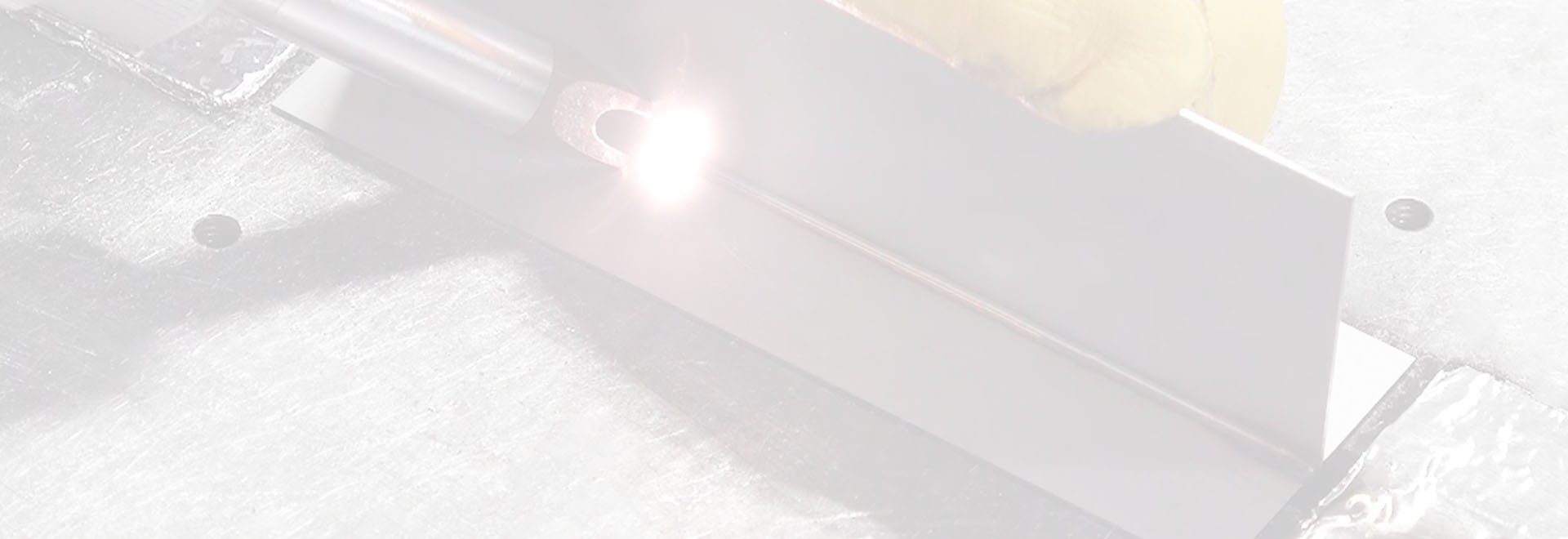
Resonator Gases:
Resonator gases are essential for generating laser light. The most common mixture includes:
Helium (He): Provides high thermal conductivity, allowing efficient heat dissipation from the electric discharge. It’s ideal for high-powered laser welding.
Carbon Dioxide (CO2): Used alone or mixed with helium and nitrogen to achieve high laser powers for cutting and welding.
Nitrogen (N2): Acts as an intermediary with CO2, contributing to very high laser powers.
Shielding Gases:
Shielding gases protect the weld area from oxygen and water vapor, enhancing welding speed and quality.
The prevalent shielding gas is argon, often mixed with helium, oxygen, or carbon dioxide to improve plasma suppression properties.
Argon provides full protection against ambient air but should not be used for laser powers above 3 kW.
Other shielding gases include nitrogen and helium.
Benefits of Specialty Gases:
Efficient Cooling: Specialty gases formulated for laser applications help control heat distribution, allowing precise cuts and welds without compromising surrounding material integrity.
Mitigating Heat-Affected Zone (HAZ): By using gases that cool effectively, manufacturers can reduce the size and impact of the HAZ during laser welding.


